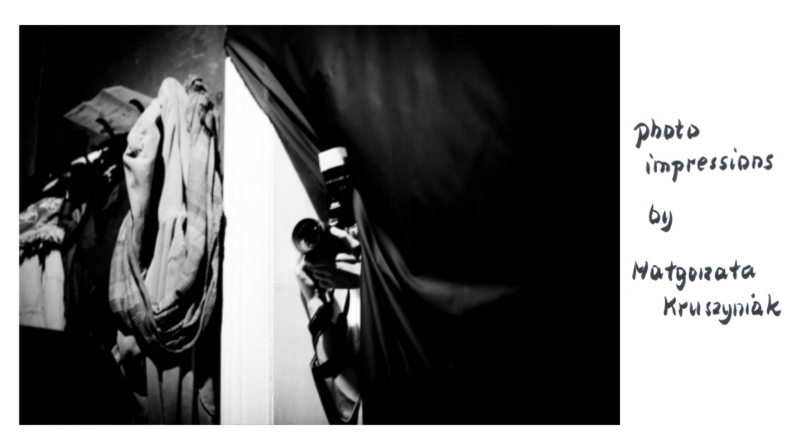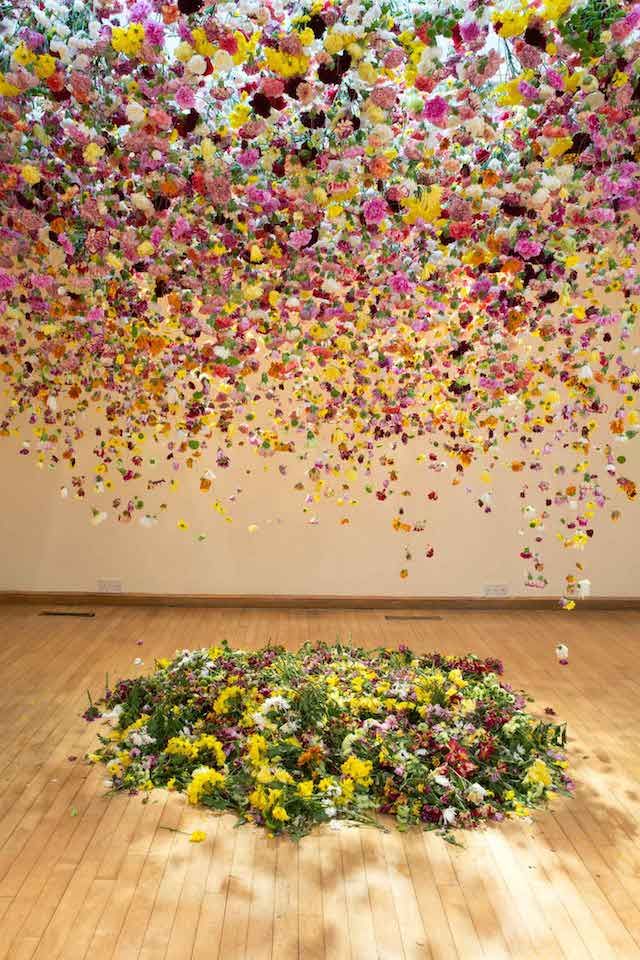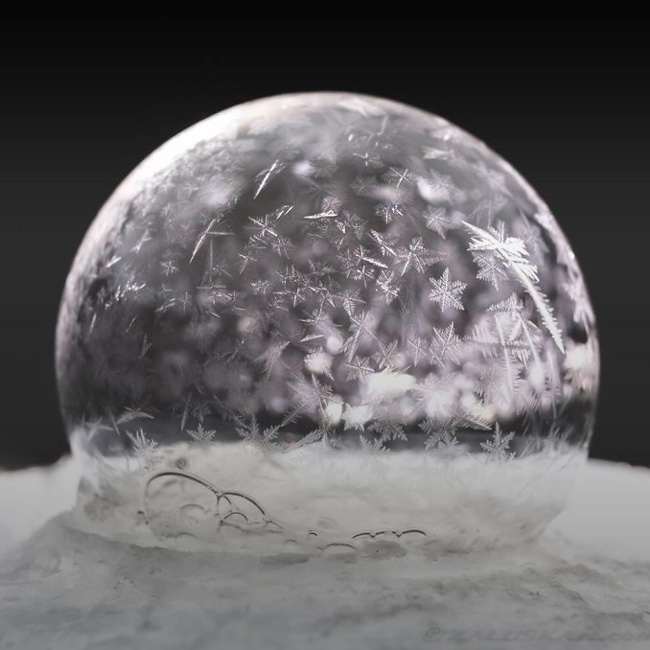

#EPHEMERAL ART ARTISTS SERIES#
Through persuasion, persistence, and steadfast endurance, Christo and Jeanne-Claude somehow managed to pull off a series of distinctly gargantuan artistic visions. Christo’s pieces were events as much as they were objects. Antecedents to Christo’s pieces can be seen in the work of artist Marcel Duchamp, the Dada Art Movement, and Fluxus, as well as the “Happenings” of Allan Kaprow. Frequently provocative, pieces like Christo’s challenge viewers’ sensibilities, making people rethink the urban streetscape, pointing out conflicts between the built environment and nature, generating concern about social engagement and justice. They are often created with a multimedia approach in mind a strategic relationship between content and audience is usually taken for granted. Christo and Jeanne-Claude were among its greatest exponents.Įphemeral Public Art pieces are generally community-involved, even evolved, and site specific with the goal of providing accessibility to all. Temporary public art started up in the early part of the twentieth century, coming into its own during the post-WWII era. Unconventional public art, Ephemeral Public Art, is defined as art in any media that has been planned and executed with the intention of placement in the public domain for a limited amount of time. Because of the comfortable accessibility of viewing their pieces, this kind of “land art” became the people’s art.Ĭhristo’s creations were an alternative to traditional public art.

These projects also exposed new ways of seeing and appreciating a location.


They created them because they supplied onlookers delight and beauty. They also embraced the notion that their pieces contained no deeper meaning other than their immediate aesthetic impact. (Jeanne-Claude served as administrator and business manager.) Christo and Jeanne-Claude believed that the lengthy presentation and approval processes necessary for the creation of their art was an integral part of the experience. Christo was a highly skilled draftsman, collagist, and printmaker sales of his traditional artwork pieces subsidized his ephemeral art projects. Steadfastly independent artists, the couple refused grants, donations, or any public money. His artistic mediums of choice were usually nylon fabric with steel cable and fittings.ĭrawing/Collage for Wrapping the Pont Neuf, Paris, France, 1975-85, by Christo. Christo became famous for his huge, site-specific environmental installations, projects that often took years, sometimes decades, to work out, given the challenges posed by engineering demands, political structures, environmental approvals, and governmental permissions. From the early ’60s his collaborator was his wife, Jeanne-Claude (1935-2009), who was jointly credited on all the pair’s works over the last few decades. Christo, an artist like no other, passed away at the age of 84 at the end of May.īorn in Bulgaria in 1935, his family name was Christo Vladimirov Javacheff. They were controversial at worst, awe-inspiring at best. His environmental projects - from draping a curtain across a canyon in Colorado to wrapping a fabric around Berlin’s Reichstag - were usually grand in scale, disruptive, and transformative. Photo: Wolfgang Volz/Christo and Jeanne-ClaudeĬhristo was an artist who changed how we saw cities, buildings, bridges, coastlines, and islands. Valley Curtain by Christ., Rifle Canyon, Colorado, 1972.


 0 kommentar(er)
0 kommentar(er)
